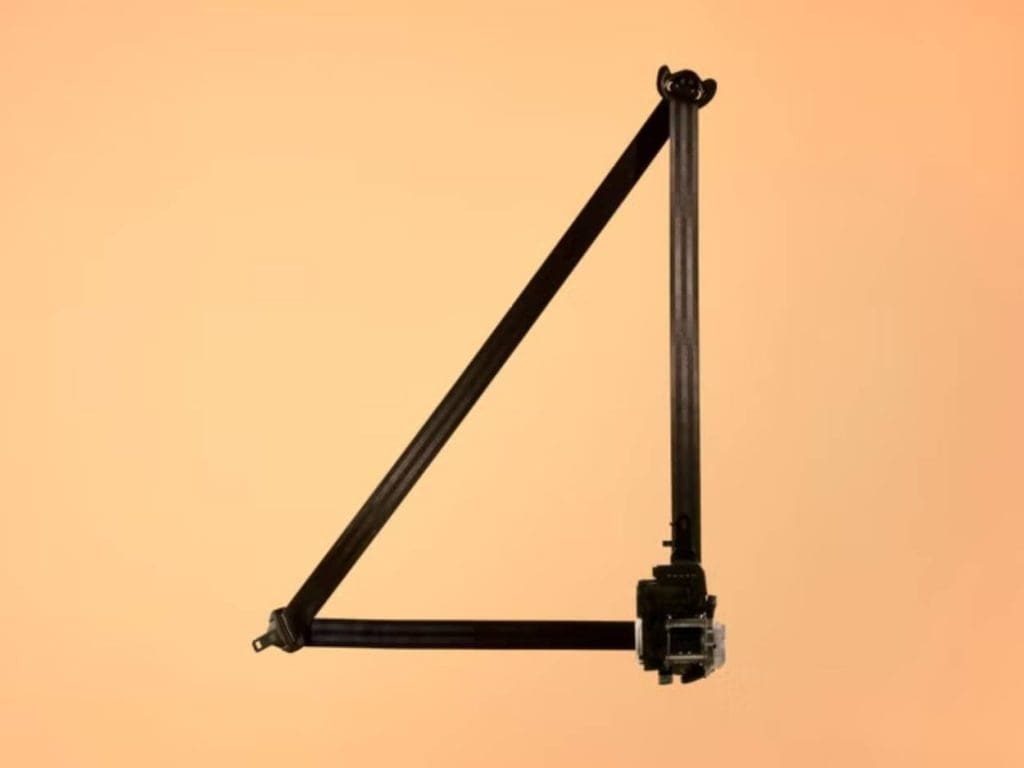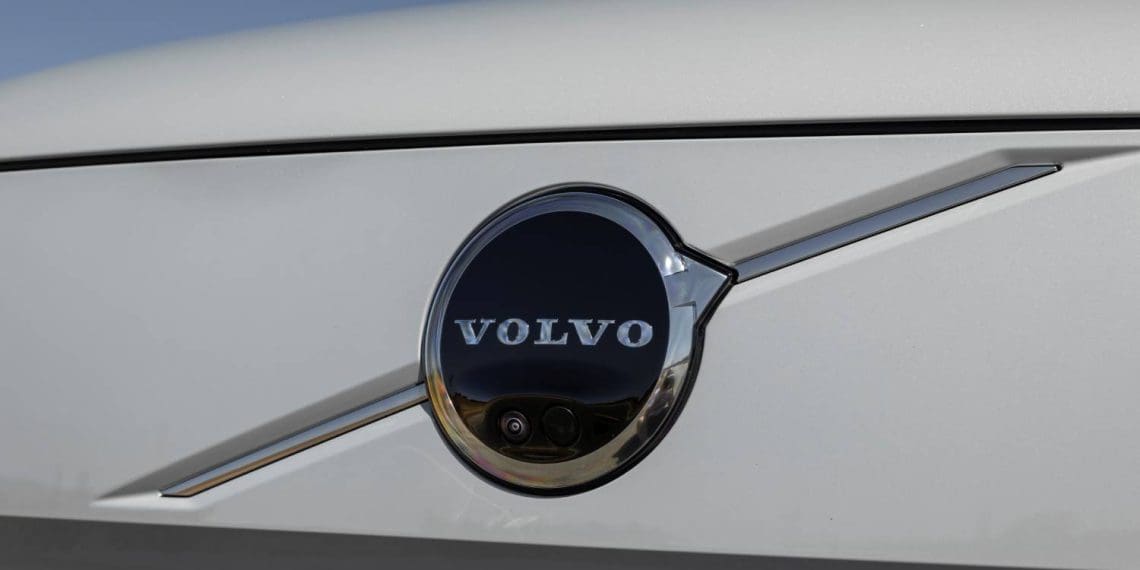After inventing the three-point seatbelt in 1959 and opening the patent to all brands in the industry, Volvo has now announced that the new fully electric EX60, expected in 2026, will debut the world’s first multi-adaptive seatbelt, which adjusts in real-time to the physical characteristics of each occupant and the specific conditions of each accident.
According to Volvo, the new seatbelt is equipped with “advanced sensors, both inside and outside the vehicle, the new seatbelt is capable of interpreting variables such as the height, weight, morphology, and seated position of each passenger — as well as the precise dynamics of the collision — to apply a personalized restraint force”.
The Swedish brand also states that a larger passenger involved in a serious accident will benefit from a higher restraint load to reduce the risk of head injuries, while a lighter person in a minor collision will be protected with a lower force, reducing the likelihood of rib fractures.
“The world’s first multi-adaptive seatbelt represents a new milestone for global automotive safety and is an excellent example of how we use real-time data with the ambition of saving millions of lives”, said Åsa Haglund, director of the Volvo Cars Safety Centre.

The new seatbelt is part of a broader safety ecosystem, working in conjunction with airbags, occupant detection systems, and driving assistants, creating integrated, continuous, and dynamic protection. Furthermore, benefiting from over-the-air software updates, this technology will evolve over time, becoming increasingly intelligent and effective.










